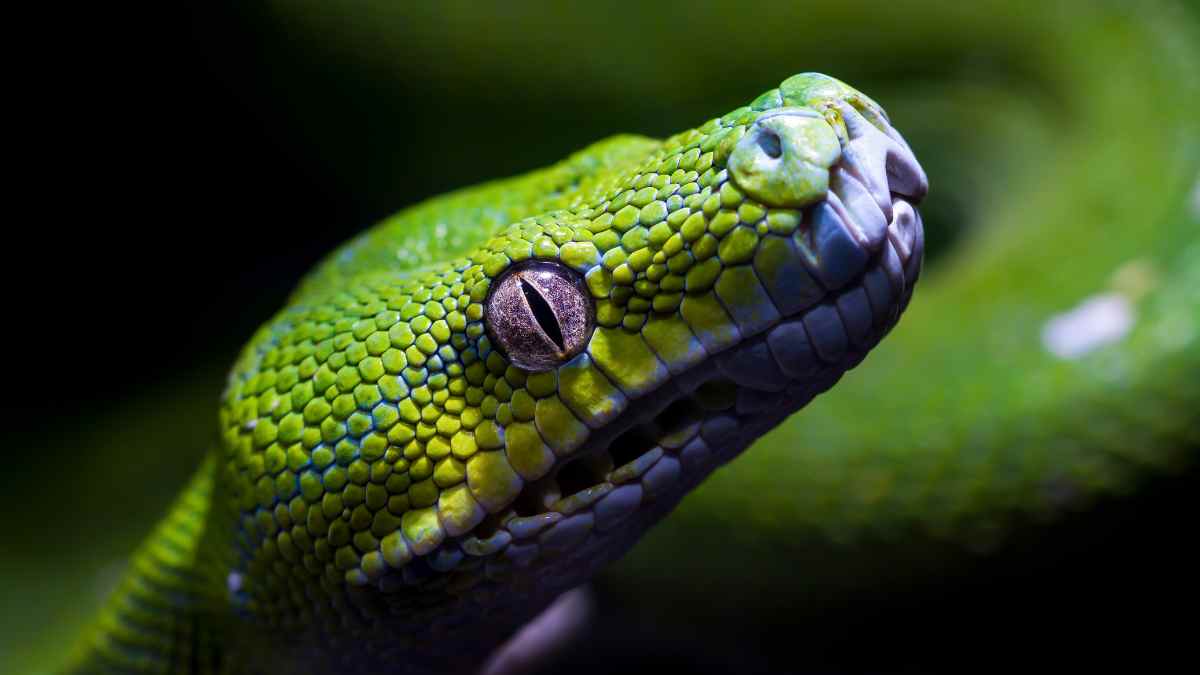Ah, the majestic reptiles! These cold-blooded creatures have been roaming the earth for millions of years, laying their eggs and basking in the sun. But, did you know that reptiles are now facing serious conservation challenges? It’s not all fun in the sun anymore, my friends.
From the sluggish sea turtles to the lightning-fast lizards, reptiles are facing a plethora of problems. Habitat loss, climate change, illegal wildlife trade, and pollution are just a few of the issues that threaten their survival. These modern-day problems are all too familiar to us, but little do we understand that they also affect the lives of these scaly creatures.
This disparity is like a game show where we hold all the keys to success and the reptiles are the final prizes. The stakes are high, but will we step up to the challenge and play to win? We must take proactive measures to maintain the habitats of these unique creatures and provide them with the protection they deserve.
Only then can we ensure the longevity and well-being of our reptilian friends. So, let’s work together to make sure that the next generation can also marvel at these captivating creatures by conserving their natural environments. The clock is ticking, folks, let’s get started!
Introduction to Reptile Conservation Challenges
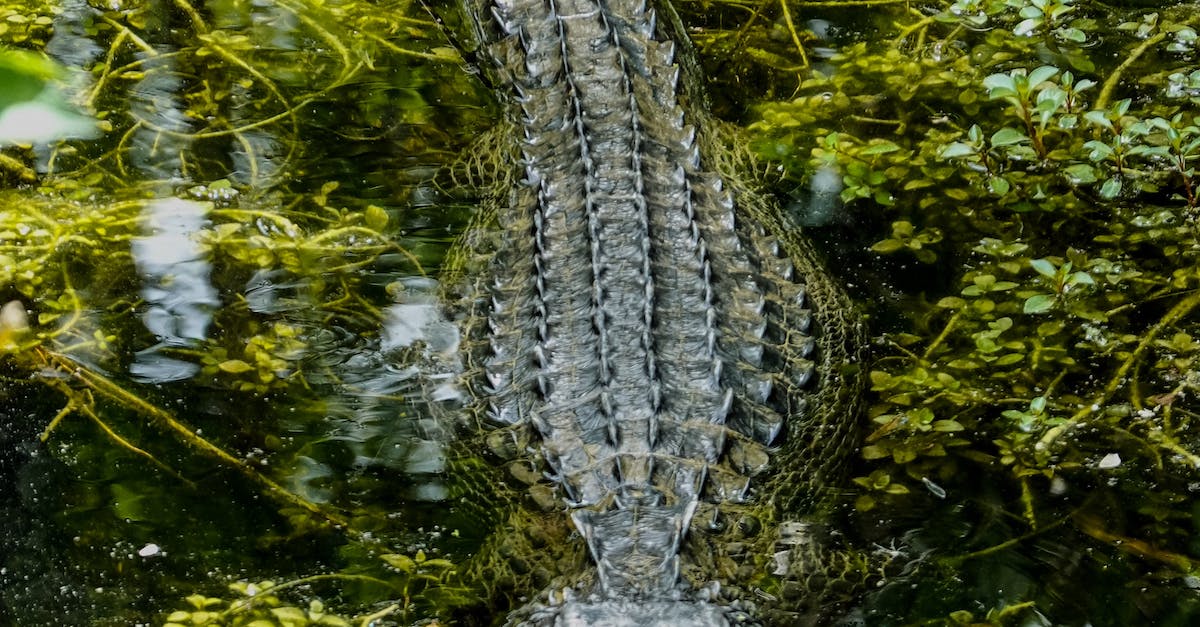
As we continue to experience the effects of climate change, habitat loss, and human interference, reptiles are facing more conservation challenges than ever before. These unique and fascinating creatures are an essential part of our ecosystems, and their loss would have devastating effects. In this article, we will discuss some of the most pressing conservation challenges that reptiles face in today’s world.
- Habitat Loss: As human populations continue to grow and expand into previously untouched areas, reptiles are losing their habitats at an alarming rate. This loss of habitat not only affects these animals directly, but it can also impact their food sources and reproduction rates.
- Climate Change: As temperatures rise, reptiles are facing significant challenges in adapting to the changing environment. Species that are adapted to specific temperatures are struggling to survive in new, warmer conditions. This can lead to a decline in population numbers, as animals are unable to cope with the new conditions.
- Overexploitation: Reptiles are often hunted for their meat, skins, and other body parts. This overexploitation can lead to declines in population numbers and even extinction. Additionally, the pet trade industry can also have negative impacts on reptile populations if animals are taken from the wild and sold illegally.
- Invasive Species: Invasive species can have devastating effects on reptile populations. For example, the introduction of non-native predators can have significant impacts on the survival rates of vulnerable species.
- Disease: Reptiles are not immune to the diseases that can affect other animals. However, some species are more susceptible than others. Disease outbreaks can have significant impacts on the number of reptiles in a given area, with some populations being wiped out entirely.
These are just a handful of the conservation challenges that reptiles face in today’s world. In order to ensure that these animals survive for future generations to appreciate, we must take action now. This action may include habitat protection, efforts to combat climate change, and initiatives to reduce exploitation and illegal trade. By working together, we can give these incredible creatures a fighting chance in a world that is constantly changing.
Habitat Loss and its Impact on Reptiles
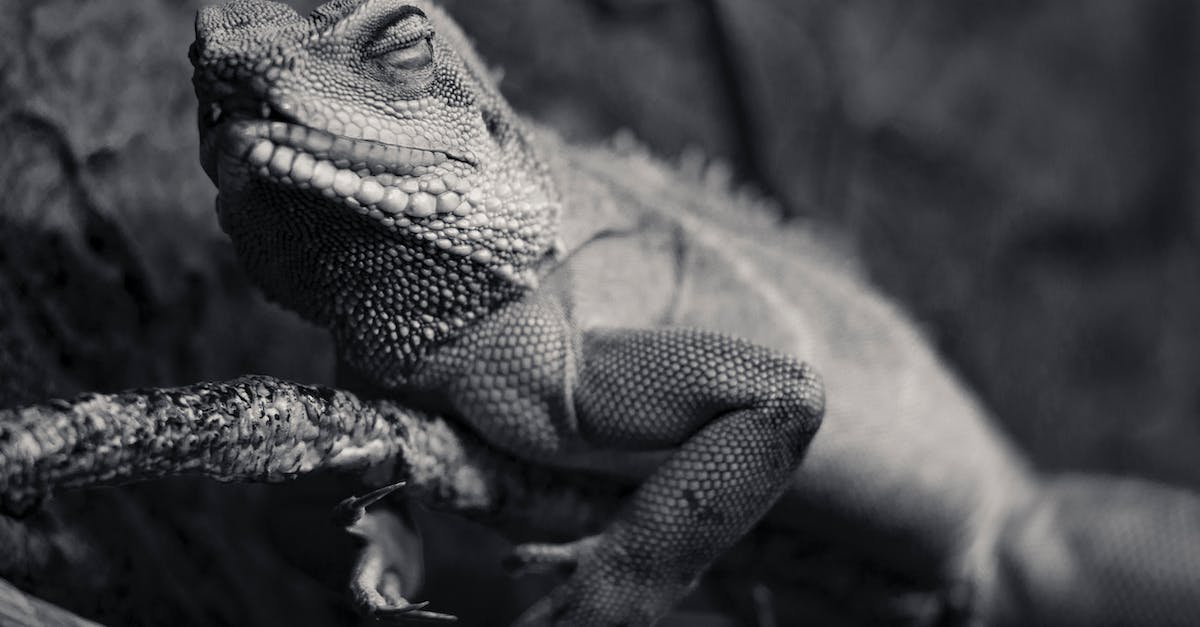
Habitat loss is one of the major conservation challenges facing reptiles in the world. As human activities continue to modify and destroy natural habitats, reptiles are being displaced, leading to a decline in their populations. Here are some of the ways habitat loss affects reptiles:
- Loss of nesting and feeding grounds: Reptiles depend on specific habitats for nesting and feeding, and when these habitats are destroyed or fragmented, they lose access to critical resources. For example, many reptiles rely on wetlands for breeding, and when these wetlands are drained or encroached upon, reptiles that rely on them will suffer.
- Inability to adapt to new habitats: Reptiles have evolved to be well adapted to their specific environments, and when these environments change, they may not be able to adapt quickly enough. For example, if a forest is cleared for agricultural use, reptiles that have evolved to live in the forest will struggle to find suitable habitat in the surrounding areas.
- Increased exposure to predators: As reptiles are forced to move to new habitats, they may encounter new predators that they are not adapted to defend against. This can lead to increased predation and a decline in population numbers.
- Competition with invasive species: Habitat loss can also make it easier for invasive species to invade an area, which can lead to increased competition for resources. If invasive species out-compete native reptiles, this can lead to a decline in their populations.
In conclusion, habitat loss is a major conservation challenge facing reptiles. It impacts reptiles in many ways, from loss of breeding and feeding grounds to increased exposure to predators and competition with invasive species. It is vital that we recognize the importance of reptiles in our ecosystems and work to protect their habitats before it is too late.
Overexploitation of Reptiles
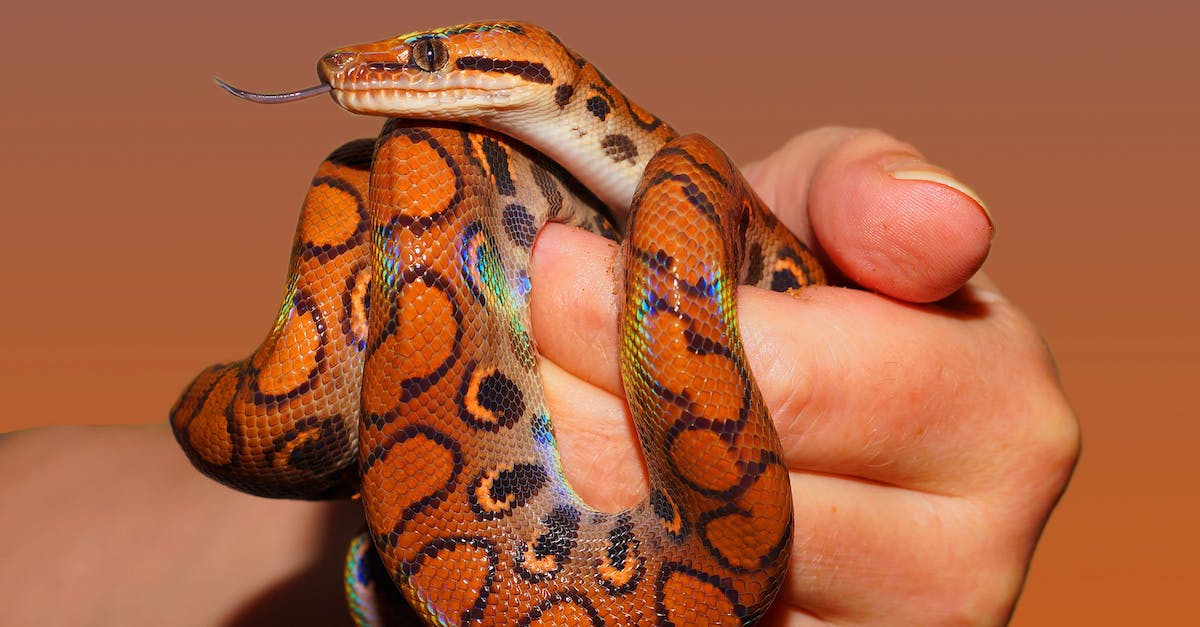
- Habitat destruction: One of the significant conservation challenges facing reptiles is habitat destruction. Reptiles are highly dependent on particular habitats, and any disturbance or destruction caused by human activities poses a significant threat to their survival. The loss of habitat can lead to a decline in their population, as well as reduce their ability to mate, forage, and engage in other essential activities.
- Overexploitation of Reptiles: Another significant conservation challenge is the over-harvesting or hunting of reptiles for various reasons. Reptiles are often sought after for their meat, skin, and other body parts to make traditional medicines, fashion accessories, and other products. The overexploitation of reptiles negatively impacts their population, financially affecting humans and other animals that rely on them for food and ecological balance.
- Climate Change: Lastly, climate change is another significant conservation challenge facing reptiles. The changes in climate affect the behavior, physiology, and distribution of reptiles. Weather conditions, such as extreme flooding or drought, and changes in temperature can have detrimental effects on reptiles’ survival. It can also alter their habitats and ecosystems, thereby reducing their available resources such as food and water.
In conclusion, the overexploitation of reptiles, destruction of habitats, and climate change are significant conservation challenges that threaten reptile populations. It is crucial to implement effective conservation strategies to protect these animals, which play an essential role in maintaining healthy ecosystems.
Pollution and its Effect on Reptile Populations
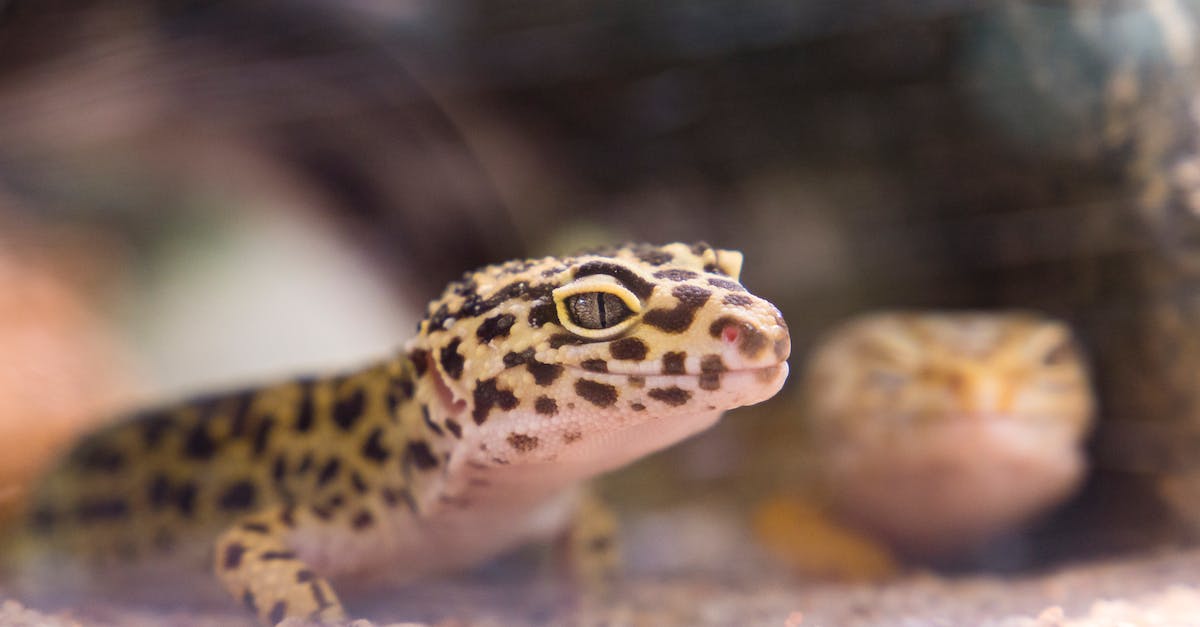
As we enter a new era of conservation, we must focus our attention on protecting the planet’s diversity of reptilian species. These cold-blooded animals are essential for maintaining the delicate balance of our ecosystems. Unfortunately, reptiles face a variety of conservation challenges, and one of the most significant threats comes from pollution.
Pollution can come in many forms, including plastic waste, industrial byproducts, and agricultural runoff. Regardless of the source, pollution affects reptile populations in a variety of ways:
- Contaminated water sources: Pollution can contaminate the water sources reptiles rely on for survival. This pollution can be harmful to reptiles by affecting their growth, development, and reproductive success.
- Loss of habitat: Pollution can also lead to the loss of habitats that reptiles depend on for survival. For example, a contaminated water source can lead to the collapse of an aquatic ecosystem, which, in turn, can lead to the loss of reptiles that depend on that ecosystem.
- Poisoning: Reptiles can become poisoned in a number of ways, such as through pollution of their food sources, exposure to chemicals in the environment, or through direct contact with contaminated substances.
- Invasive species: Pollution can contribute to the rise of invasive species, which can have a detrimental effect on native reptile populations. For example, pollution can support the growth of algae, which can lead to the decline of native aquatic plants. This, in turn, can lead to the introduction of invasive aquatic plants that can take over and destroy native habitats.
The conservation challenges facing reptiles are daunting, but not insurmountable. With careful planning, we can preserve the reptiles that are so essential for maintaining the ecological balance of our planet. It is our duty to ensure that future generations have the opportunity to witness the beauty and diversity of these amazing animals, just like David Attenborough has done throughout his career.
Conservation Efforts and Solutions

As we continue to see a decline in reptile populations due to habitat loss, climate change, and poaching, it’s important to explore the challenges facing their conservation efforts. Here are five conservation challenges facing reptiles and potential solutions to address these issues:
- Habitat loss and fragmentation: One of the most significant challenges for reptile conservation is habitat loss and fragmentation. As human development expands, it forces reptiles to move or adapt to new environments, which can lead to population decline. Conservation efforts can focus on preserving existing habitats and working to restore damaged areas. This includes reforestation projects, habitat corridors, and protected areas.
- Climate change: Climate change poses a significant threat to reptiles, as they rely on specific temperature and weather patterns. As the climate changes, reptiles may be unable to adapt or may struggle to find suitable habitats. Conservation efforts can focus on reducing greenhouse gas emissions, protecting habitats that may be more resilient to climate change, and breeding programs for reptiles that are most vulnerable to the impacts of climate change.
- Poaching and illegal trade: Reptiles are often poached for their skins, meat, or as exotic pets, which can lead to population decline and extinction. Conservation efforts can focus on law enforcement efforts to curb illegal trade and poaching, as well as education campaigns to raise awareness about the dangers of buying and selling endangered wildlife.
- Invasive species: Invasive species can pose a significant threat to reptile populations, as they often compete for resources and prey upon native species. Conservation efforts can focus on identifying and removing invasive species from habitats, as well as preventing new invasive species from being introduced.
- Lack of funding and political support: Unfortunately, conservation efforts are often underfunded or lack political support, which hinders the success of conservation initiatives. Conservation efforts can focus on raising public awareness about the importance of reptile conservation and building partnerships with government organizations, businesses, and other groups to provide funding and support.
It’s clear that conserving reptiles is a complex challenge that requires a multifaceted approach. By addressing issues such as habitat loss, climate change, poaching, invasive species, and lack of funding, we can work towards a future where reptiles thrive and contribute to healthy ecosystems.
Conservation Challenges
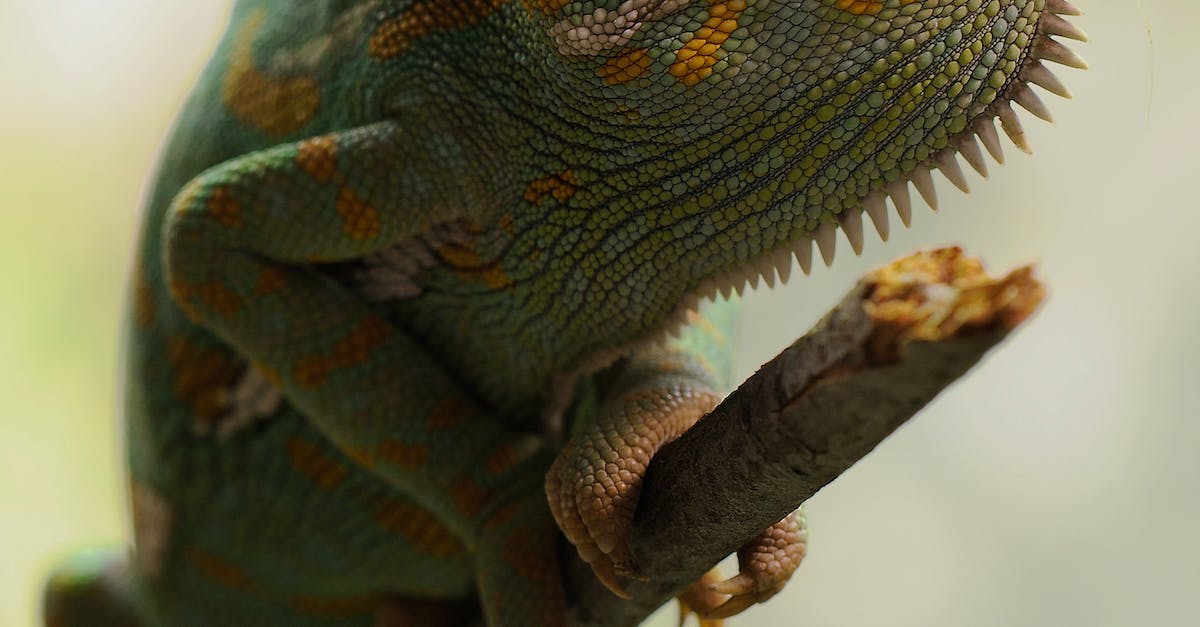
Deep in the heart of the world’s forests, deserts, and oceans, reptiles are facing unprecedented conservation challenges. From habitat destruction to poaching, these creatures are under threat like never before. Here are six of the biggest challenges facing reptiles today.
- Habitat loss: Many reptile species are heavily dependent on specific habitats for survival, and as these habitats disappear or are degraded, so are the reptiles that call them home. Human activities such as deforestation, agriculture, and urbanization are the leading causes of habitat loss.
- Climate change: Rising global temperatures are having a profound impact on reptiles. From sea turtles struggling to find nesting sites on eroding beaches to lizards struggling to regulate their body temperatures in hotter and drier habitats, the effects of climate change are both direct and indirect.
- Invasive species: Non-native species introduced by humans can have devastating effects on reptile populations. Invasive predators such as rats and mongoose can decimate populations of turtles, lizards, and snakes. Invasive plant species can also negatively impact reptiles by altering food availability and habitat structure.
- Illegal trade: Many reptile species are highly sought after in international trade due to their exotic appearance and perceived medicinal properties. This illegal trade can have severe consequences for wild populations, driving some species to the brink of extinction.
- Pollution: From heavy metals to plastic pollution, environmental contaminants pose a significant threat to reptiles. Many reptiles are predators that occupy the top of the food chain, and pollutants can accumulate in their bodies and cause health problems. In some cases, pollution can also directly affect reptile reproduction and development.
- Lack of public awareness: Finally, a lack of awareness about the importance of reptiles and the threats they face can hinder conservation efforts. Many people view reptiles as scary or unimportant, and may not understand the vital role they play in ecosystems. Raising public awareness and educating people about the threats facing reptiles is crucial for their survival.
In conclusion, reptiles are facing a myriad of conservation challenges in today’s world. From habitat loss to climate change, invasive species to illegal trade, pollution to lack of public awareness, reptiles need our help now more than ever. By taking steps to address these challenges, we can ensure that these amazing creatures thrive for generations to come.
Conclusion
And so, dear readers, we have reached the end of our journey through the world of reptile conservation. We have learned about the challenges facing these fascinating creatures, from habitat loss and poaching to climate change and disease.
But do not despair! While the road ahead may be long and fraught with danger, there is hope. Conservation efforts around the world are working tirelessly to protect and preserve reptile populations, from the majestic Komodo dragon to the humble turtle.
We must all do our part to ensure that these creatures continue to thrive in the wild for generations to come. Whether it be supporting conservation organizations or simply spreading awareness about the issues facing reptiles, every little bit helps.
Let us remember the words of the great Sir David Attenborough, who once said, “The truth is: the natural world is changing. And we are totally dependent on that world. It provides our food, water and air. It is the most precious thing we have, and we need to defend it.”
So let us defend it, dear readers, and in doing so, defend the reptiles that call it home.

